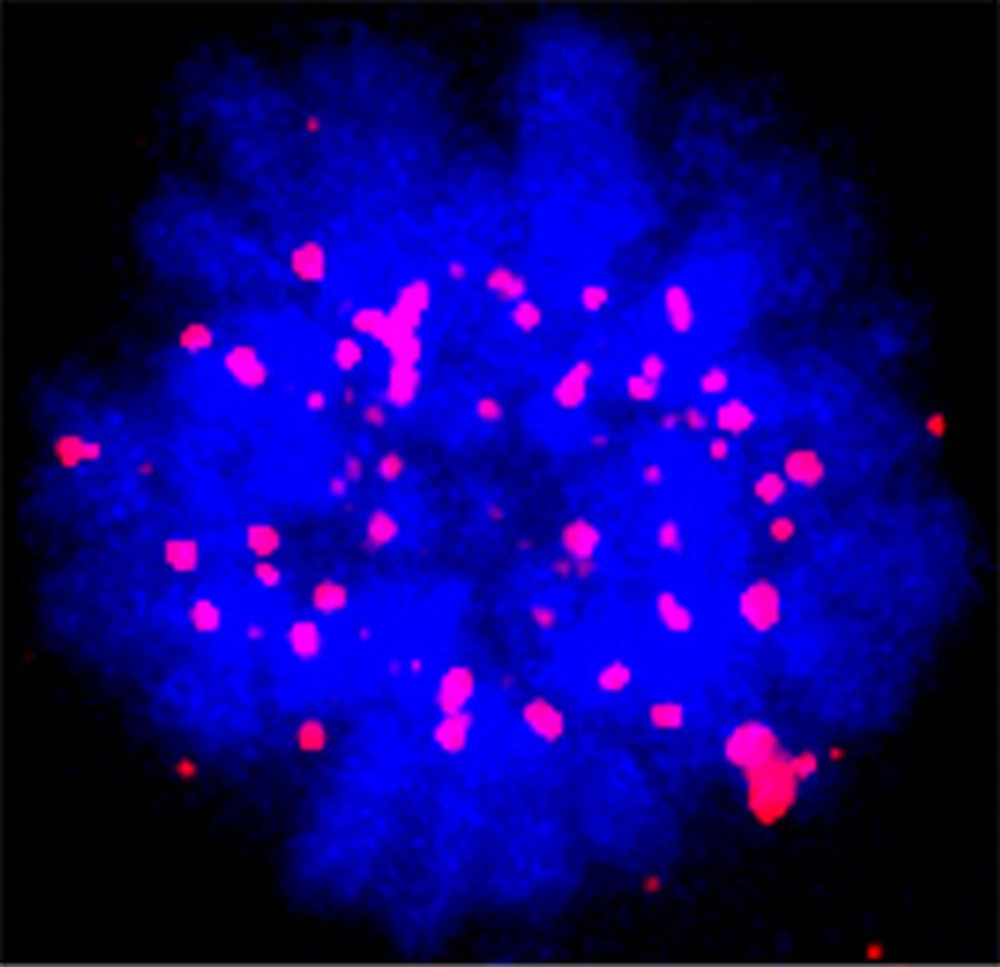
The Prasanth laboratory, with post-doctoral associate and lead author, Arindam Chakraborty, have shown that mammalian NDR kinase mediates the hinge specific phosphorylation of HP1α preferentially at the G2/M phase of the cell cycle in Nature Communications.
Deregulation of the cell cycle is a hallmark of cancer cells. Accurate chromosome alignment and their faithful segregation are crucial for maintaining genomic stability. Heterochromatin protein 1 (HP1α), a bonafide component of the heterochromatin regulates various cellular processes including the establishment and maintenance of higher-order chromatin architecture, transcriptional elongation, DNA damage response, sister chromatid cohesion and centromere organization. HP1α is decorated with several post-translational modifications; however, the biological functions of these modifications remain elusive. This study from Prasanth laboratory spearheaded by Arindam Chakraborty, a postdoctoral associate revealed that the phosphorylation of HP1α dictates its mitotic function. In this study, Prasanth and colleagues show that mammalian NDR kinase mediates the hinge specific phosphorylation of HP1α preferentially at the G2/M phase of the cell cycle. During early mitosis, the hinge-phosphorylated form of HP1α is specifically enriched at the kinetochores and is involved in the association of Sgo1, a protein involved in chromosome cohesion to mitotic centromeres. NDR1 loss leads to impairment of Sgo1 binding to mitotic centromeres and this in turn causes chromosome alignment defects and prometaphase arrest. The present study reveals that the mitotic-specific hinge-phosphorylation of HP1α catalyzed by NDR kinase is required for accurate chromosome alignment and mitotic progression in human cells.